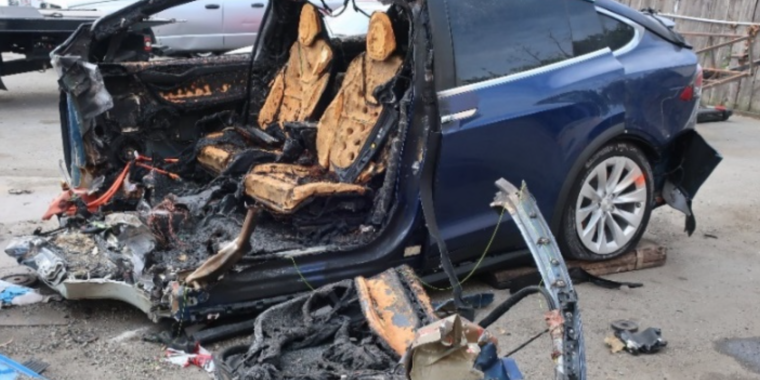Tim Stevens
There are plenty of ways for small businesses to celebrate their success. It might be a flashy new sign outside, a high-end furniture set inside, or an advertising campaign that they might never have imagined when they started up. But, for businesses literally on the move, the purchase of a first new van is definitely a major milestone. In 2024, the Mercedes-Benz eSprinter may become the new aspirational acquisition for many small businesses.
Lots of range and lots of space
The Sprinter has been on the US market for over 20 years since it began production at the Mercedes-Benz factory in Charleston, South Carolina. The new eSprinter marks the first time it has gone fully electric, and yes, that version will be assembled in America, too, augmented with a 113 kWh lithium ferro phosphate (LFP) battery pack powering a 134 hp (100 kW) or 201 hp (150 kW) motor driving only the rear wheels. Mercedes estimates a range of 273 miles (440 km) on the European WLTP cycle, which will probably mean somewhere around 250 miles (402 km) when tested with the US EPA cycle.
That battery pack is situated in the floor, between the frame rails, still making room for a cavernous, 488 cubic-foot (13,819 L) cargo compartment. At nearly 24 feet long (280 inches/7,112 mm), it’s enough space to carry about a dozen pinball machines or an entire Jabba the Hutt, complete with all his cackling cronies.
-
The eSprinter will be assembled in Charleston, South Carolina.
Tim Stevens -
Upfitting the eSprinter to become an electric RV will require adding a new house battery as there’s no way to tap the energy inside the traction battery.
Tim Stevens -
You could fill this volume with pinball machines.
Tim Stevens
In practice, you’re much more likely to see these hauling around packages, bicycles, tools, or whatever else the day’s duties call for. The one I drove was loaded with a large box filled with 480 pounds (218 kg) of some undisclosed, likely mundane substance.
That load didn’t threaten the eSprinter’s maximum 2,624-pound (1,190 kg) cargo capacity. Still, it did fill the space nicely and show off the numerous tie-down areas scattered throughout the barren but practical space. It’s well-lit, too, and the side doors, rear doors, and step integrated into the back bumper should make loading and unloading a breeze. Most folks won’t even have to duck when stepping up and in.
No lack of driving aids
Getting into the driver’s seat is a little more complicated. That perch is high, and once you’ve clambered in, you’ll be looking down on every other driver out there who isn’t piloting something requiring a CDL. It’s a privileged perspective of the world before you, a benefit that makes up for the abject lack of visibility for anything behind.
A digital rear-view mirror helps. However, the camera feeding that mirror is situated so high on the back of the van that you won’t be able to see the car behind you at stoplights. A wider angle would be appreciated.




